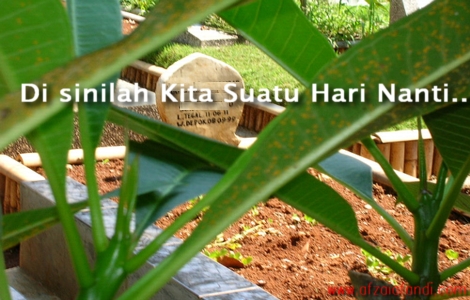FaKtA mengenai BUKIT TENGKORAK, SEMPORNA

Once a major pottery producing site, Bukit Tengkorak or Skull Hill sits in down town Semporna. This archeological magnificence is a 30 minute track from the centre of town.
Walking up the wooden stairs on the upper forested area will lead you to the cave system. Here a museum welcomes visitors to view its historical finds. Archeological research uncovered pottery shards in layers of ash which were probably remnants of open kilns used for firing pottery. Excavations discovered clay for pottery making. Historical studies point to trading between the people of Bukit Tengkorak and other prehistoric communities along the southeastern coast of Sabah.
Archaeologists believed that long-distance sea trade and migration of people in insular SEA and the Pacific moved east from Melanesia (near Papua New Guinea) to Polynesia, leaving behind what is known as the “Lapita culture” of pottery, stone tools and ornaments.
“Our research at Bukit Tengkorak shows that 3,000 years ago, people were not only moving east towards New Britain in Melanesia but also westwards towards Sabah,” explains Dr Stephen Chia of USM’s Centre for Archaeological Research Malaysia, who based his PhD thesis on the site.
“This is one of the longest trading routes in the world during the Neolithic period,” says the archeochemist who found obsidian (a volcanic glass used to make tools) at the site and traced it chemically to Talasea in New Britain, 3500 kilometres away. His fieldwork in Southeast Asia also found stone tools and pottery similar to Bukit Tengkorak in the Zamboanga Peninsula, the Sulu Archipelago and Sulawesi.
Earmarked as one of the major attractions for the district, this place will be further developed and will eventually feature heritage trails based on the Bajau theme.

~ copy by :: Semporna :: ~


Ulasan
Catat Ulasan